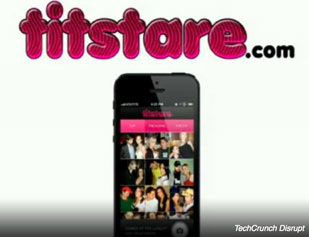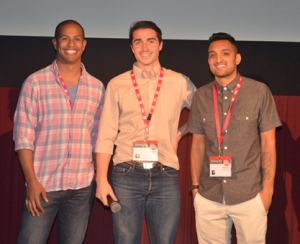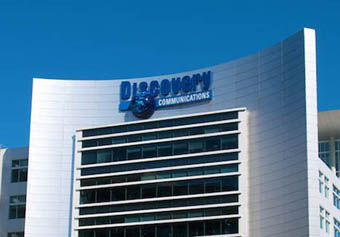 Have you ever read a “Top 10…” list and thought, “Hmm, they missed something”?
Have you ever read a “Top 10…” list and thought, “Hmm, they missed something”?
Now, with Listly, brands and content companies can make lists interactive and embeddable. Communities love it because they can share a whole list or just part of one. They can even contribute to a list by interacting with it right in blog posts. No more scrolling through comments to find out if people agree with your list.
Listly is also great for brands. As we all know, these days, content is king, and the more content a brand can produce, the more opportunities they have to reach their audience. Lists are easily the most popular content on the web, and Listly makes it easy for brands to create and use those lists.
What is your startup, what does it do?
List.ly.
We take the most effective form of content marketing, the numbered list post, and we make it collaborative, interactive, and embedable. Human beings simply love to consume information in the form of numbered lists. This explains who 30% of posts are in the familiar form of “10 ways to..” “17 tips to…” “27 things you must not …”. We simply bring life these blog posts by letting people vote and contribute directly on the list. We make it easier to share and embed these interactive lists. You can share the whole list or just an item. You can embed the whole list or just an item. We track where and when your lists are seen and we also track who and how people interact with each list.
Who are the founders and what are their backgrounds?
Shyam Subramanyan & Nick Kellet
We’ve both got a background in startups and building brands. We make a great team. We complement each other.
Where are you based?
We’re based out of California in the Bay Area. I live in Canada.
What is the startup culture like where you are based?
San Fran is about a tech as it gets. I live in Kelowna in BC, which has an aspiring tech culture. Exits like Club Penguin, Vineyard Networks, and Workfire put Kelowna on the map. Plus there’s an event called Metabridge that is really working to connect Kelowna to Silicon Valley.
What problem does your startup solve?
We help brands get found and we help them foster engagement with the community.
What is the greatest challenge that you’ve overcome in the startup process?
The list hasn’t evolved since the invention of HTML. That is the opportunity we are creating. We are to lists what slideshare is to slides. You put your lists on Listly and embed them back on your blog. The model has been proven for static content like slides, videos and audio. Were just taking that model one step further as lists evolve over time and can be contributed to by many. People are always skeptical when a new type of data is created. The challenge we have overcome building the credibility needed for people to place their lists with Listly.
To this point with have lists embedded on 5000+ blogs. We have thousands of publishers who’ve signed up and used the platform.
What are some of the milestones your startup has achieved?
Lots of iterations along the way, but three major:
V1 – Simple social embeddable lists
V2 – Scaling / cachable lists and synchronizing the experience between listly and blogs
V3 – Responsive Listly – A simpler, consistent experience across smart phones, tablets and desktops.
All these build on Listly as a publishing platform and a serious piece of internet infrastructure.
What are your next milestones?
We’re focused on small incremental steps right now and in driving our adoption metrics and our monthly active user count. Our core focus is to get more embeds. We’re also building out our API so people can build the use of Listly lists into their applications and workflows.
What’s next for your startup?
More of the same. Were focused on removing friction, driving up the number of embeds, and on building brand awareness so people are happy to jump in and vote or contribute to a list. We’ll also be putting more focus on our premium product to cater to the needs of bigger brands and publishers.
Where can people find out more, and what is your Twitter username?
@listly, @nickkellet @shyamster



















